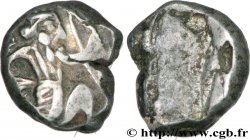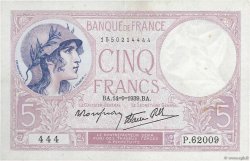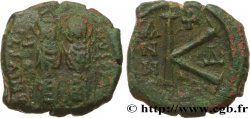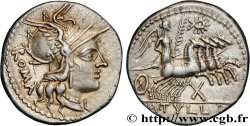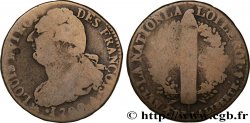Live auction - bgr_692586 - PERSIA - ACHAEMENID KINGDOM - ARTAXERXES II MNEMON Quart de sicle d'argent
You must signin and be an approved bidder to bid, LOGIN TO BID. Accounts are subject to approval and the approval process takes place within 48 hours. Do not wait until the day a sale closes to register. Clicking on "BID" constitutes acceptance of the terms of use of cgb.fr private live auctions.
Bids must be placed in whole Euro amounts only. The sale will start closing at the time stated on the item description; any bids received at the site after the closing time will not be executed. Transmission times may vary and bids could be rejected if you wait until the last second. For further information check the Live auction FAQ
All winning bids are subject to a 18% buyer’s fee.
All winning bids are subject to a 18% buyer’s fee.
| Estimate : | 250 € |
| Price : | 125 € |
| Maximum bid : | 125 € |
| End of the sale : | 09 April 2024 14:32:41 |
| bidders : | 1 bidder |
Type : Quart de sicle d'argent
Date: c. 400-350 AC.
Mint name / Town : Sardes, Lydie
Metal : silver
Diameter : 10,5 mm
Weight : 1,51 g.
Rarity : R2
Coments on the condition:
Monnaie centrée. Carré creux bien venu à la frappe. Patine grise, tachée
Catalogue references :
Obverse
Obverse legend : ANÉPIGRAPHE.
Obverse description : Le Grand Roi barbu, en archer mélophore, à demi-agenouillé à droite, coiffé de la cidaris, surmontée de cinq dents, vêtu de la candys tirant à l’arc ; le carquois rempli de flèches suspendu à son épaule est bien visible ; ligne de sol.
Reverse
Reverse description : Carré creux allongé, présentant des aspérités irrégulières en forme de chien courant.
Commentary
Monnaie fourrée. Ce type bien particulier donné comme un quart de sicle (poids théorique 1,32 g) était attribué par Babelon à Artaxerxès II Mnémon (405-359 avant J.-C.) tandis que David Sear et les auteurs du British Museum l’attribuent à Darius Ier (510-486 avant J.-C.) penchent pour un tiers de sicle (poids théorique 1,76 g). L’exemplaire reproduit dans le catalogue d’Ernest Babelon pèse 1,78 g. Dans son traité, le même Ernest Babelon (p. 61-62, n° 28) attribue une diobole (1,20 g) trouée, conservée à Paris à Artaxerxès III Ochus (359-338 avant J.-C.). Ce type de monnaie divisionnaire est en fait très rare.
Cored coin. This very particular type given as a quarter of a shekel (theoretical weight 1.32 g) was attributed by Babelon to Artaxerxes II Mnemon (405-359 BC) while David Sear and the authors of the British Museum attribute it to Darius I (510-486 BC) lean towards a third of a shekel (theoretical weight 1.76 g). The copy reproduced in Ernest Babelon's catalog weighs 1.78 g. In his treatise, the same Ernest Babelon (p. 61-62, n° 28) attributes a diobolus (1.20 g) with a hole, preserved in Paris to Artaxerxes III Ochus (359-338 BC). This type of divisional coin is actually very rare
Cored coin. This very particular type given as a quarter of a shekel (theoretical weight 1.32 g) was attributed by Babelon to Artaxerxes II Mnemon (405-359 BC) while David Sear and the authors of the British Museum attribute it to Darius I (510-486 BC) lean towards a third of a shekel (theoretical weight 1.76 g). The copy reproduced in Ernest Babelon's catalog weighs 1.78 g. In his treatise, the same Ernest Babelon (p. 61-62, n° 28) attributes a diobolus (1.20 g) with a hole, preserved in Paris to Artaxerxes III Ochus (359-338 BC). This type of divisional coin is actually very rare







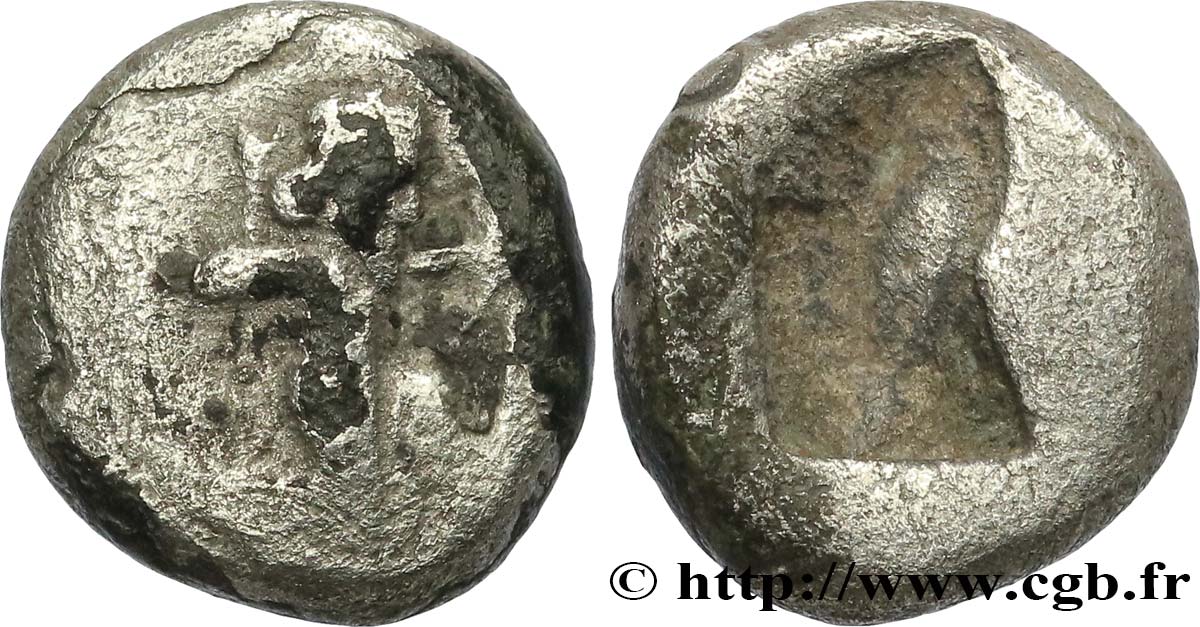
 Report a mistake
Report a mistake Print the page
Print the page Share my selection
Share my selection Ask a question
Ask a question Consign / sell
Consign / sell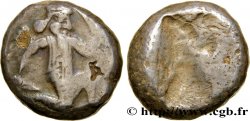
 Full data
Full data